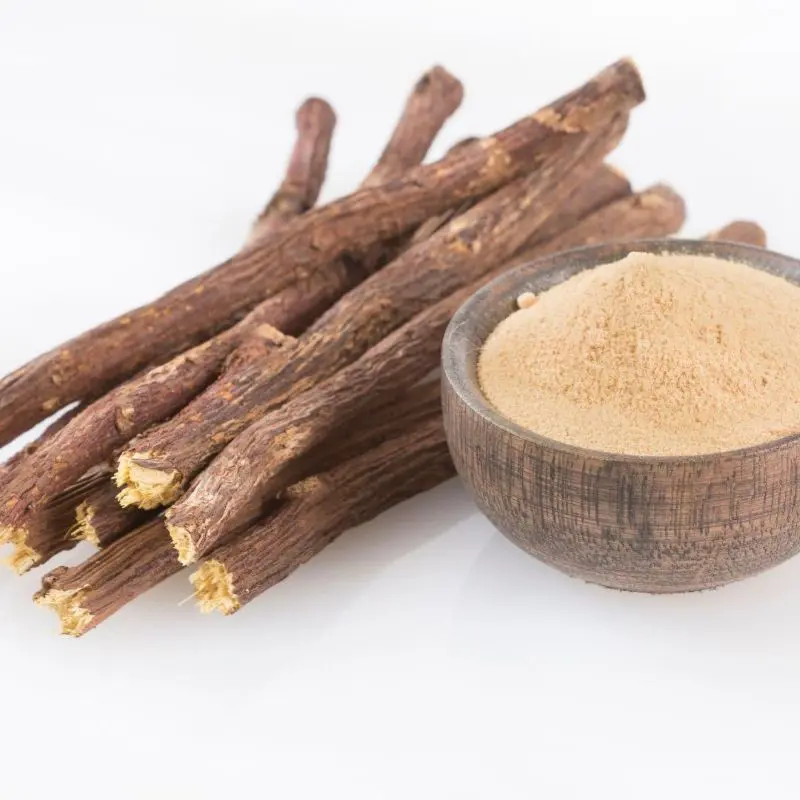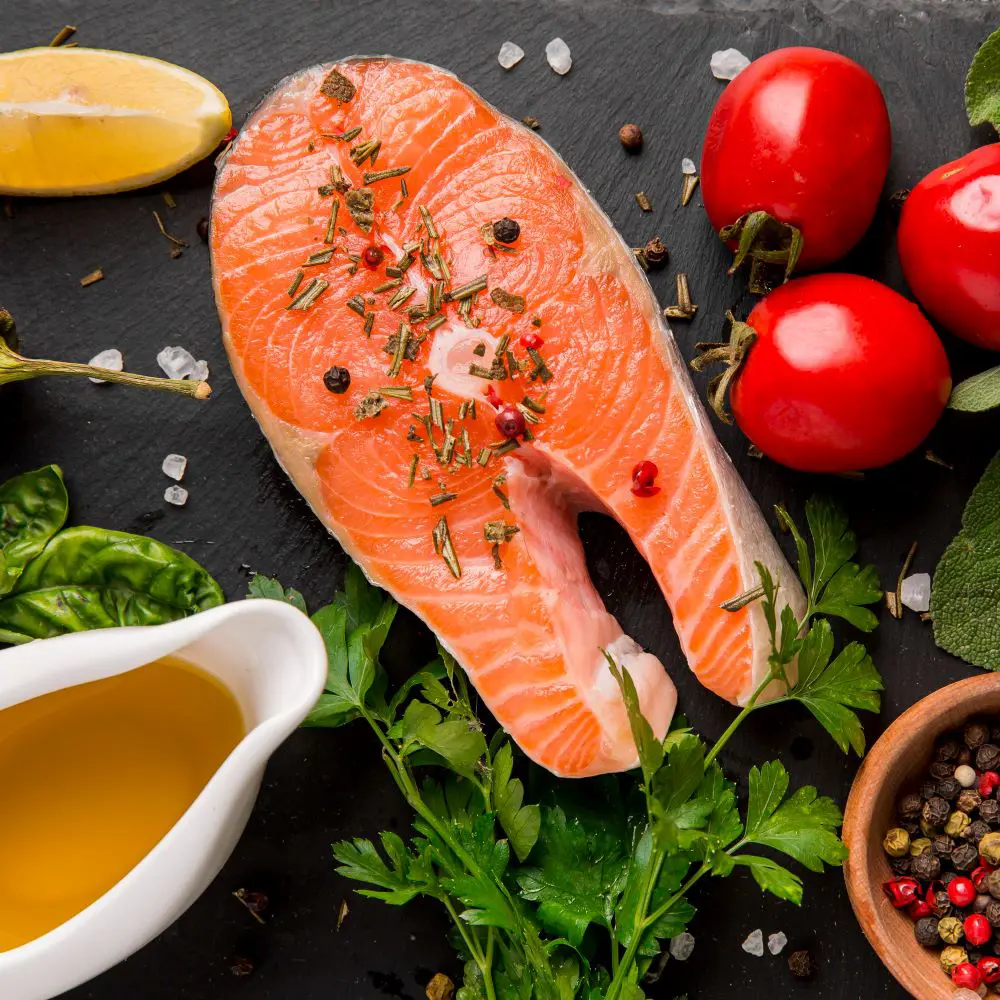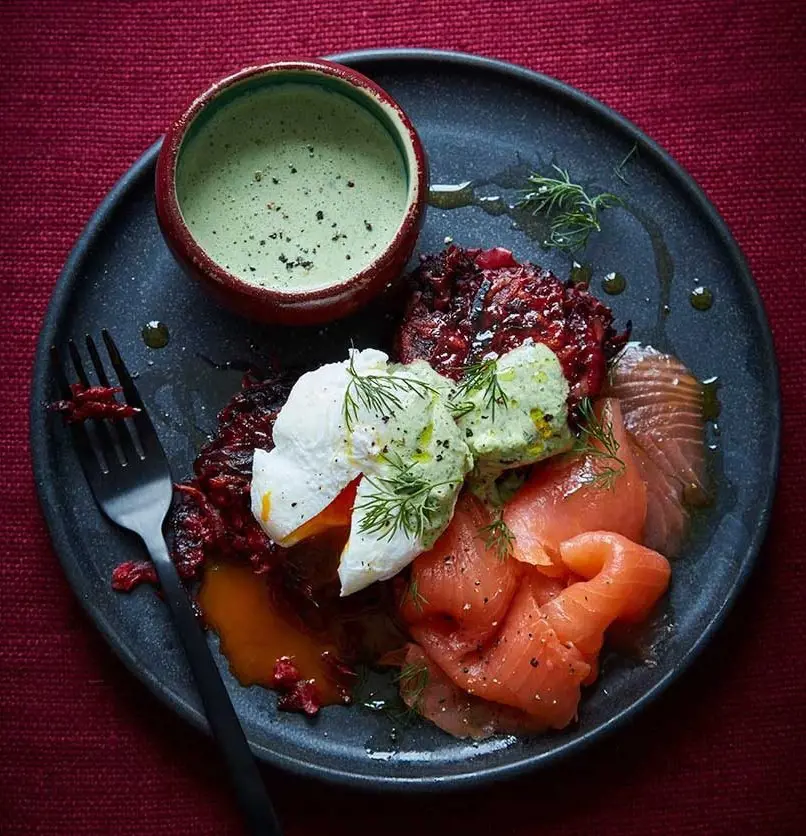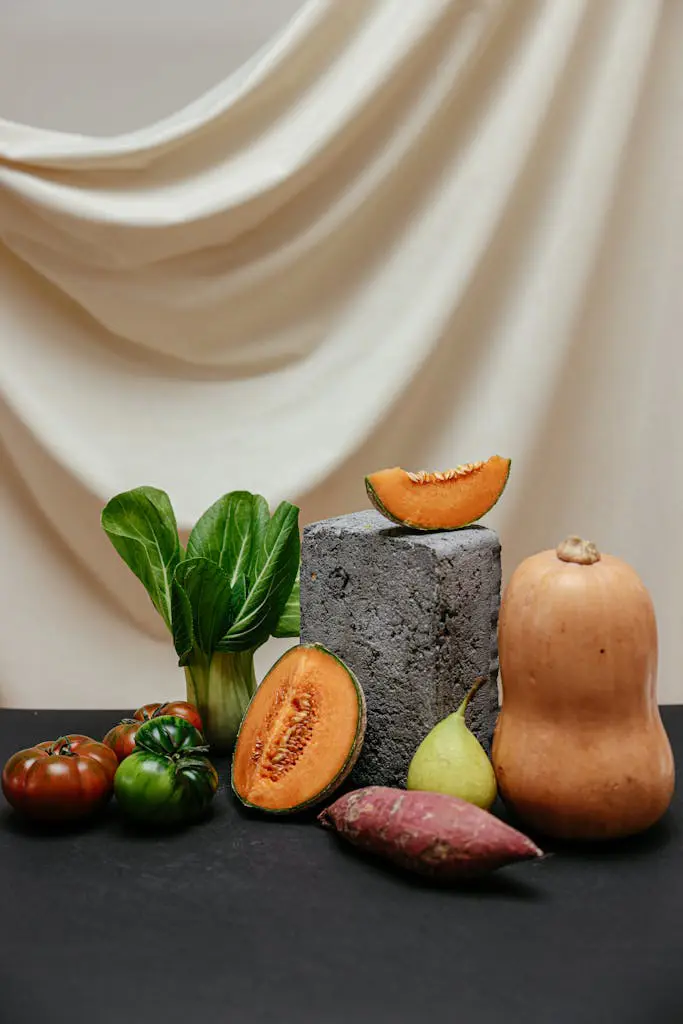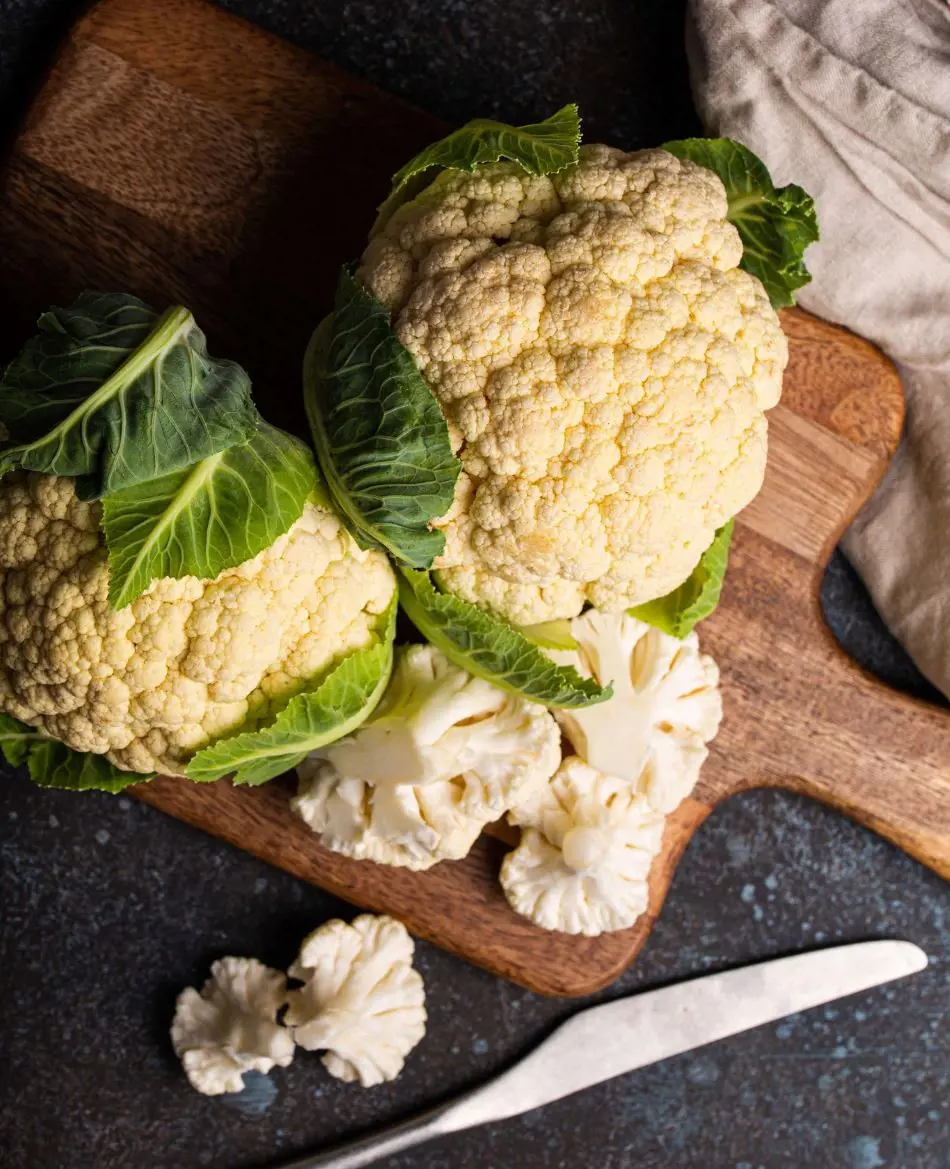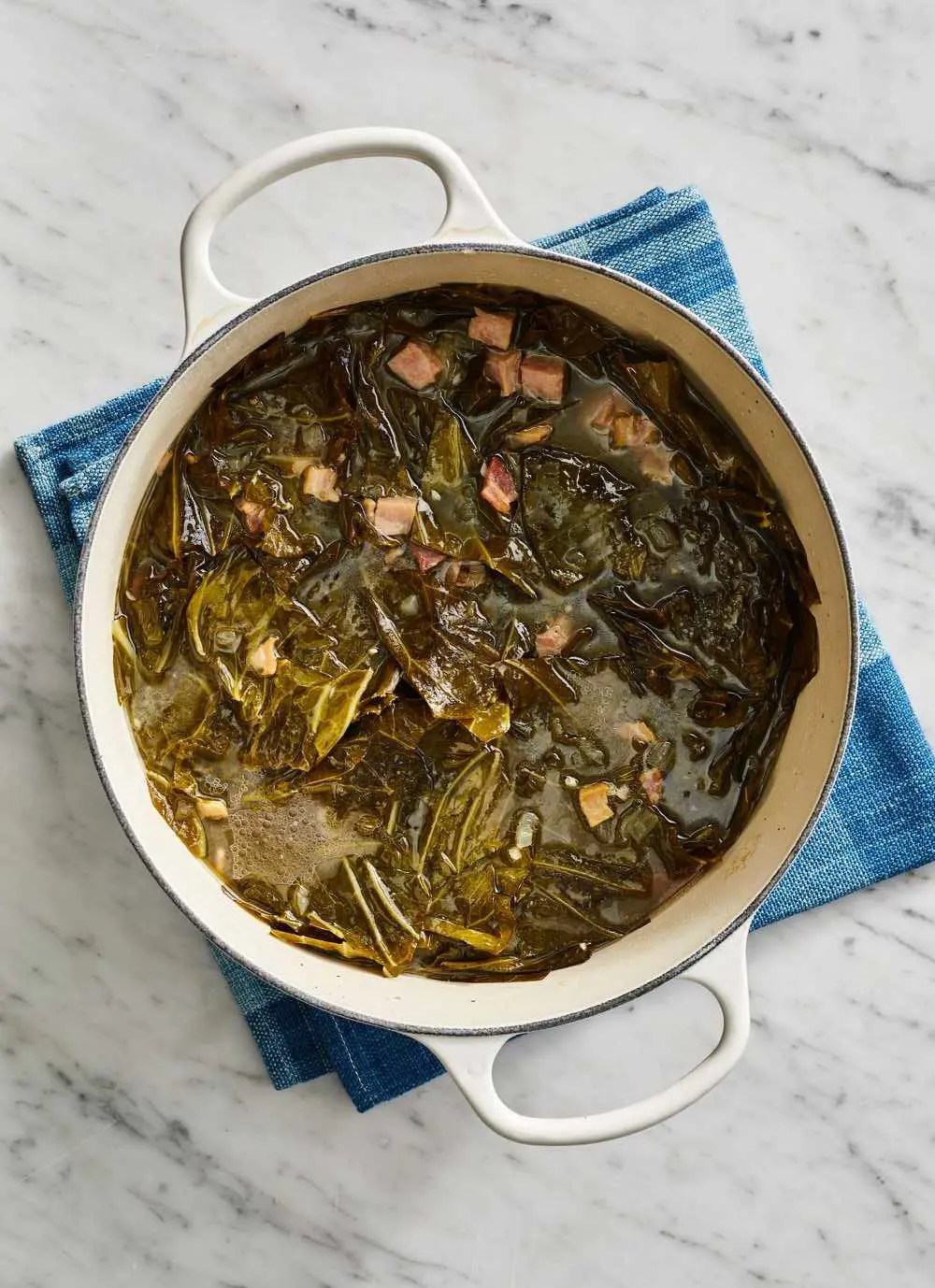17 Healthy Foods Rich In Polyphenols
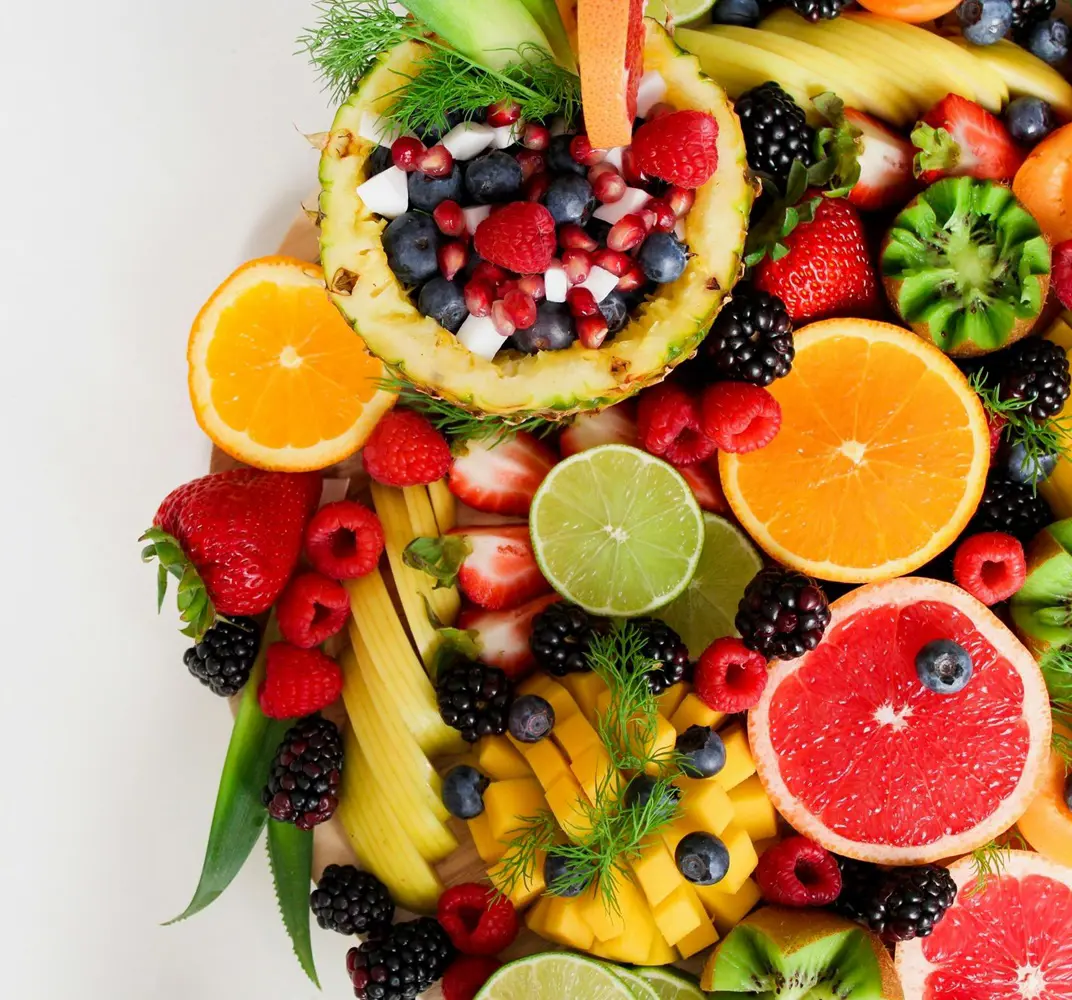
Polyphenols are naturally occurring compounds known for their antioxidant properties. Almost all the natural colorful foods we see in our daily lives are rich in polyphenols and consuming these foods will help you manage weight, improve your brain function, prevent chronic diseases and whatnot!
Abundant in plant-based foods, these bioactive compounds are found in concentrated forms only in a few. Such 17 polyphenol-rich foods will be discussed in this article.
1. Berries
Berries are rich in polyphenols namely anthocyanins. The availability of berries can vary according to the region due to geographical differences such as climate and soil differences. But guess what, whatever the variety of berries is it's interesting to know that all of them are polyphenol-packed.
Though not a true berry, strawberry is also rich in polyphenols and contains about 20 to 150 mg of polyphenols per serving. So, if you are a berry lover and keep on munching them over and over, you should know that you are doing it right, as polyphenols are natural healers.
The polyphenol content of some of the berries is listed below:
[table]
2. Dark Chocolate

As dark chocolate's preparation is solely based on cocoa seeds, it contains high polyphenol content. The levels of polyphenols in dark chocolate also increase during its preparation process: fermentation and roasting. On average, 100 grams of dark chocolate has a polyphenol content of about 200 to 250 mg.
As milk chocolates contain only about 30 to 50 percent cocoa solids, the polyphenol content decreases accordingly.
3. Coffee
Similar to cocoa beans, coffee beans are high in polyphenol content. Containing about 70-350 mg per 200ml of coffee, it makes one of the richest beverages rich in polyphenol. Chlorogenic acids, caffeic acids and quininc acid are some of the polyphenolic compounds present in coffee.
The polyphenol content however varies according to the coffee bean variety, growing conditions, roasting methods, brewing techniques and other various factors. It's also important to note that darker roasts of coffee contain lower amount of polyphenols, as these compounds break during the roasting process.
4. Plums
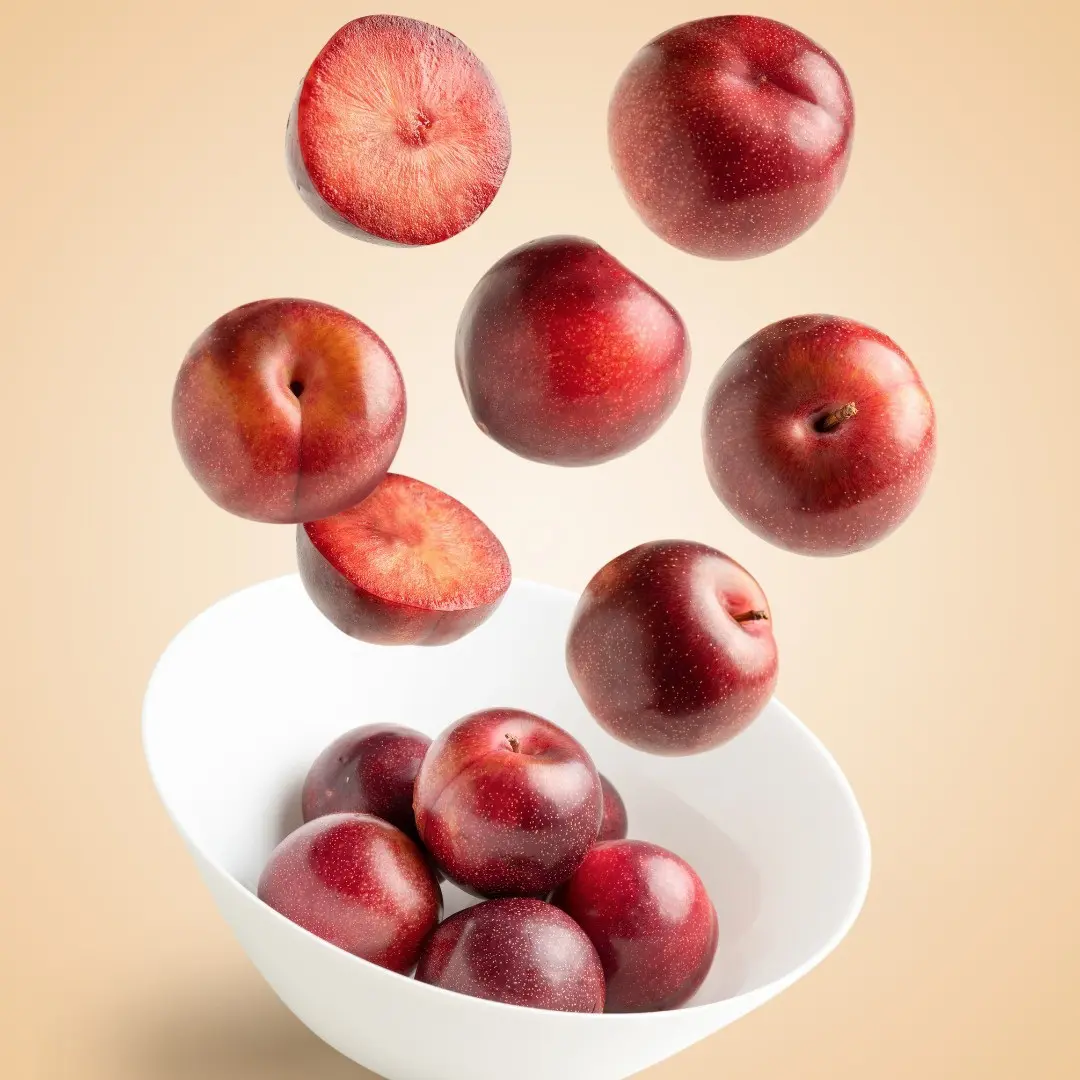
The vibrant color of plum is due to polyphenols. It's surprising to know that plum peel alone contains about 40 to 29990 mg of these compounds per 100g. Anthocyanins and flavonoids are major polyphenolic compounds present in plums.
The polyphenol content of plums does depend on varieties and most importantly is based on how mature they are. The accumulation of the polyphenols occurs largely during the natural ripening process of the fruit.
5. Red Grapes/ Red Wine
Red grapes are rich in polyphenolic compounds such as resveratrol, quercetin and anthocyanins. Highly pigmented, the skin of red grapes are known to have 200 to 500 mg of polyphenols per 100 grams. As with the case of plums, the polyphenol content highly varies with the varieties and maturity phase at harvest.
Though lesser in concentration, red wine also has a notable amount of polyphenols (20 to 35 mg polyphenol content per 100ml serving). For wine, the polyphenol content widely varies with the inclusion of the grape skin during fermentation.
6. Kiwi
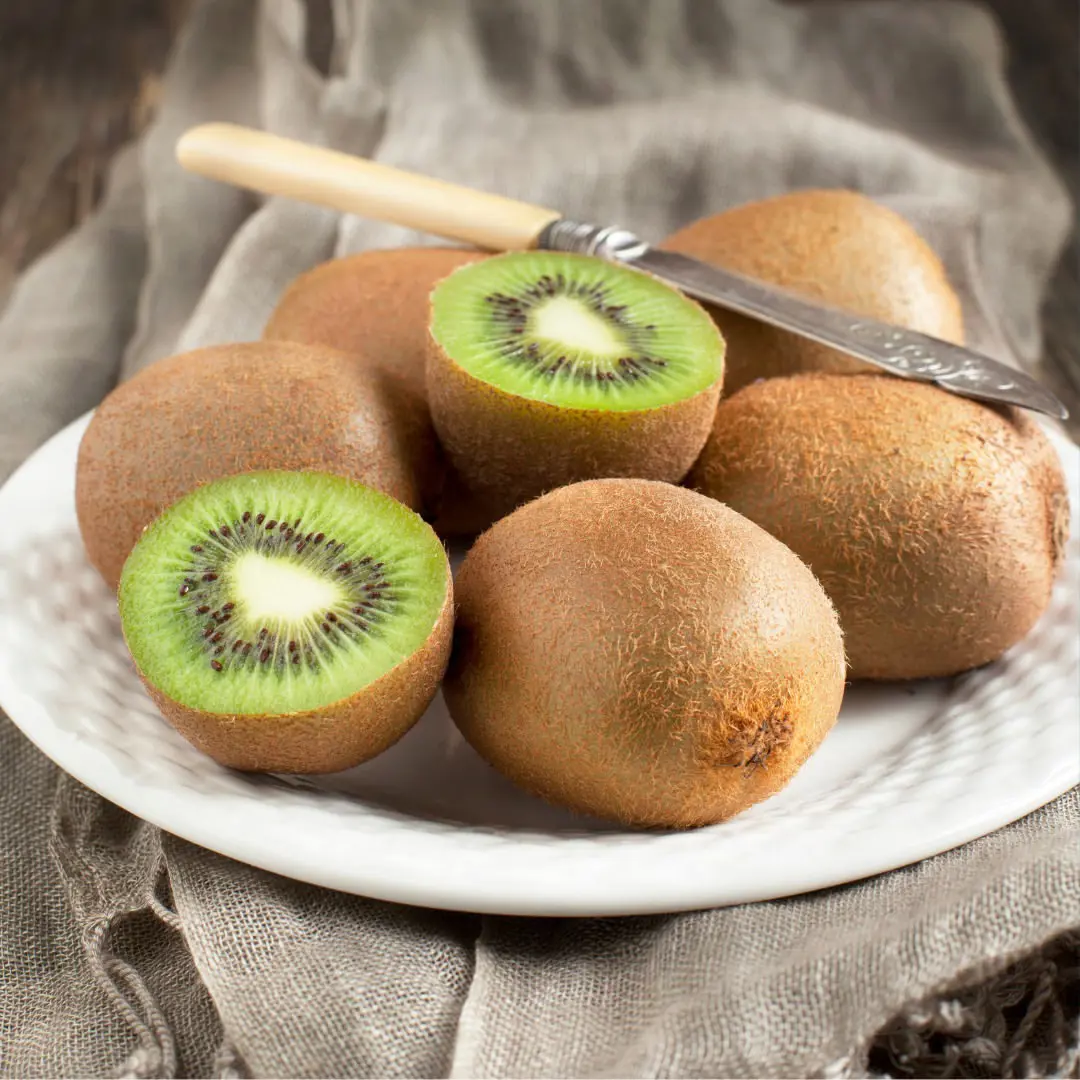
The reen-fleshed kiwi fruit with brown, fuzzy skin are most popular worldwide and contains a high amount of polyphenols. On average, kiwi contains 60 to 100 mg of polyphenols per serving. Along with the variety and ripeness, the polyphenol content depends on storage, handling and processing methods.
Consuming kiwi fresh and whole retains more polyphenols while some processed forms such as juice or puree can result in the loss of these compounds. So, the next time you reach for a kiwi remember that enjoying it fresh and whole preserves its nutritional benefits to the fullest.
7. Cherry
Delightful in taste and vibrant in color, cherries are favorites of many. The color of the cherries is mainly due to the polyphenolic compound anthocyanin. A serving size of cherries has 36 to 230mg of polyphenolic compounds providing them rich red, purple, or even black hues.
The tartness of the cherries is due to another polyphenolic compound quercetin. Not only pigmentation and rich flavor, these polyphenols also offer a health of health benefits. From supporting heart health and immune function to anti-inflammatory properties- cherry really belongs at the top!
8. Aubergine

Aubergines are rich in polyphenols, containing 28-230mg per serving. The skin of aubergine is most concentrated with a type of polyphenol called nasunin, a type of anthocyanin. Nasunin is known for its potent antioxidant activity important for maintaining the health of overall body cells.
The method you opt to cook aubergine also determines the polyphenol amount that goes into your gut. Compared to grilling, roasting, or baking, gentler cooking methods help retain more of these beneficial compounds.
9. Black Currant
Though weaker in market presence than other berries, the polyphenol content of the black currant is worth recognizing. A 100-gram Black currant consists of 250 mg polyphenols, particularly rich in anthocyanins, flavonols and phenolic acids. Anthocyanins give black currants their deep purple color.
Different varieties of black currants have varying levels of polyphenols. The timing of harvest is crucial and like any other fruits fully ripe black currants generally contain more polyphenols.
10. Tea

Tea leaves are supposed to have 25 to 20% of polyphenols by weight. Green tea contains polyphenols like epigallocatechin gallate (EGCG) in abundance whereas theaflavins and thearubigins are more prevalent in black tea due to the fermentation process. Oolong tea has a medium range of polyphenols between green and black tea.
Adding milk to tea however can affect the availability of polyphenols in the tea. Studies have suggested that the casein protein present in milk can bind to polyphenols and potentially reduce their antioxidant activity.
If looked for variation in the polyphenolic content, tea plants grown at higher altitudes are known to have higher polyphenol content whereas younger leaves compared to older leaves have higher levels of polyphenols.
11. Onions
Onions are versatile and commonly used in dishes like soups, stews, salads and stir-fries. Apart from these culinary uses, onions also come with a range of health benefits including those offered by polyphenols. A 100 gram serving of onions has 25 to 200 mg of polyphenols which is surprisingly a lot!
Quercetin, flavonols and anthocyanin are some of the polyphenols present in onions. The amount of polyphenols in onions are not determined only by harvesting time but also by post-harvest handling processes such as storage conditions and processing methods.
12. Curly Kale
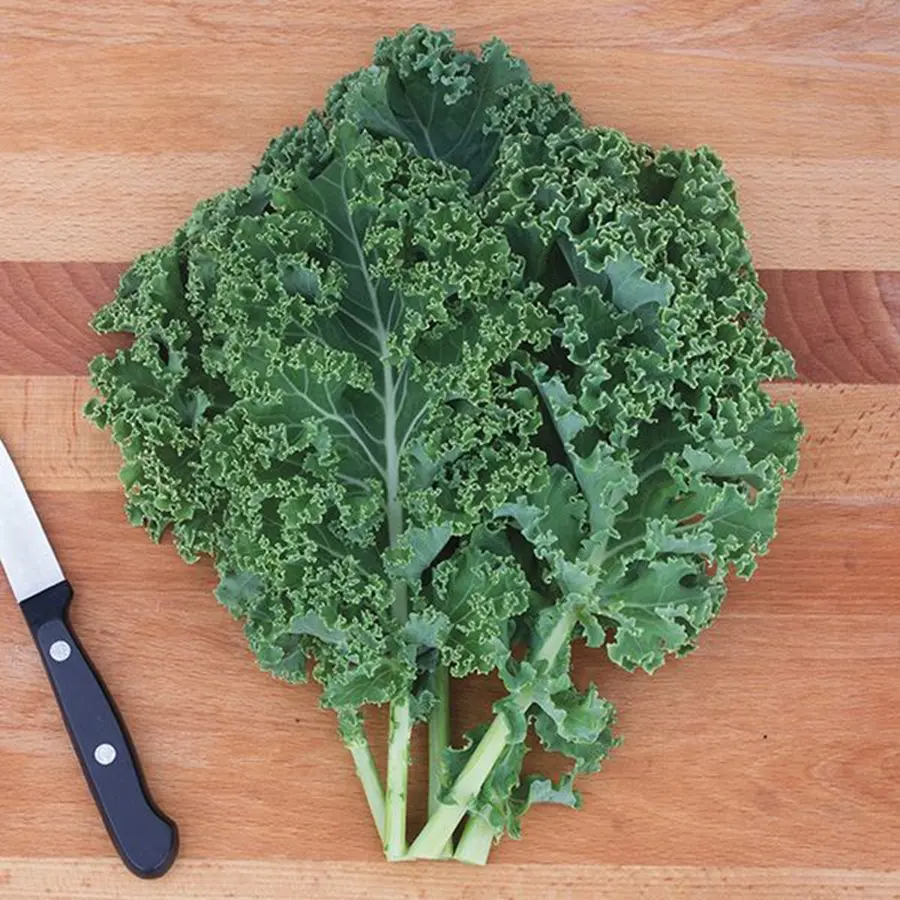
We all have enjoyed curly kale in our salads, smoothies and in cooked forms such as chips, soups, stews, stir-fries and sautés. But little did we know it contains a significant amount of polyphenols (60-120mg per serving)! Kale is also rich in vitamins A, C and K, as well as folate, calcium and antioxidants.
To maximize the intake of polyphenols from kale, you can enjoy it raw in form of salads or smoothies or lightly cook them. Don't neglect the stem part as it contains valuable nutrients and polyphenols as well.
13. Black Grapes
The dark color of black grapes corresponds to their polyphenolic content. A hundred grams of black grapes contain about 100-300 mg of polyphenols that offer numerous health benefits including cardiovascular protection, anti-inflammatory effects and potential anti-cancer properties.
For obtaining black grapes with maximum polyphenolic value, opt for fully ripe black grapes. Look for grapes that are plump, firm and deeply colored with a rich, dark hue. You can also pair these grapes with healthy fats and acidic ingredients such as avocado and citrus fruits to enhance absorption.
14. Extra Virgin Olive Oil
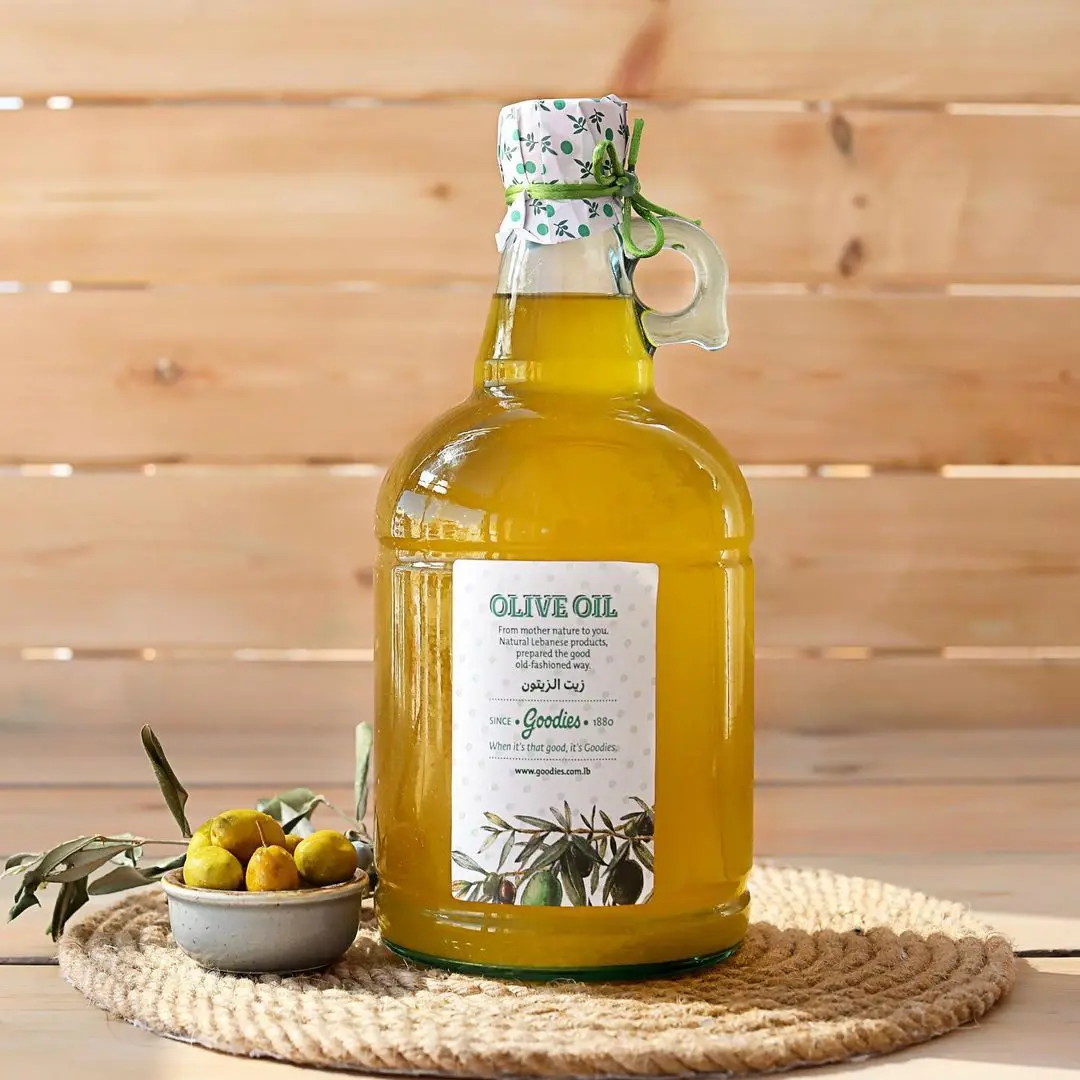
Extra Virgin Olive Oil (EVOO) is extracted from the pulp of the olive fruit. Being the highest grade of olive oil, EVOO retains a higher concentration of polyphenols compared to other grades of olive oil including regular virgin olive oil.
The polyphenolic content of EVOO is about 500 mg per liter based on the variety, ripeness and extraction methods. While EVOO is nutritious and rich in polyphenols, it is also important to know that it is calorie-dense. So, incorporating EVOO in moderation as part of your diet is necessary to reap its health benefits without excessive calorie intake.
15. Pomegranate
Pomegranates are rich in unique polyphenolic compounds called ellagitannins. These polyphenols are found almost exclusively in pomegranates and certain other fruits. The polyphenolic content of a liter of pomegranate juice is around 500 to 2000 mg with ellagitannins being a major component of this total polyphenol content.
For maximizing the polyphenol content from pomegranates, opt for pure pomegranate juice without added sugars or preservatives. Also, consider eating arils (juicy seeds inside the pomegranate) while consuming the pomegranate seeds as they contain the highest amount of polyphenol.
16. Nuts
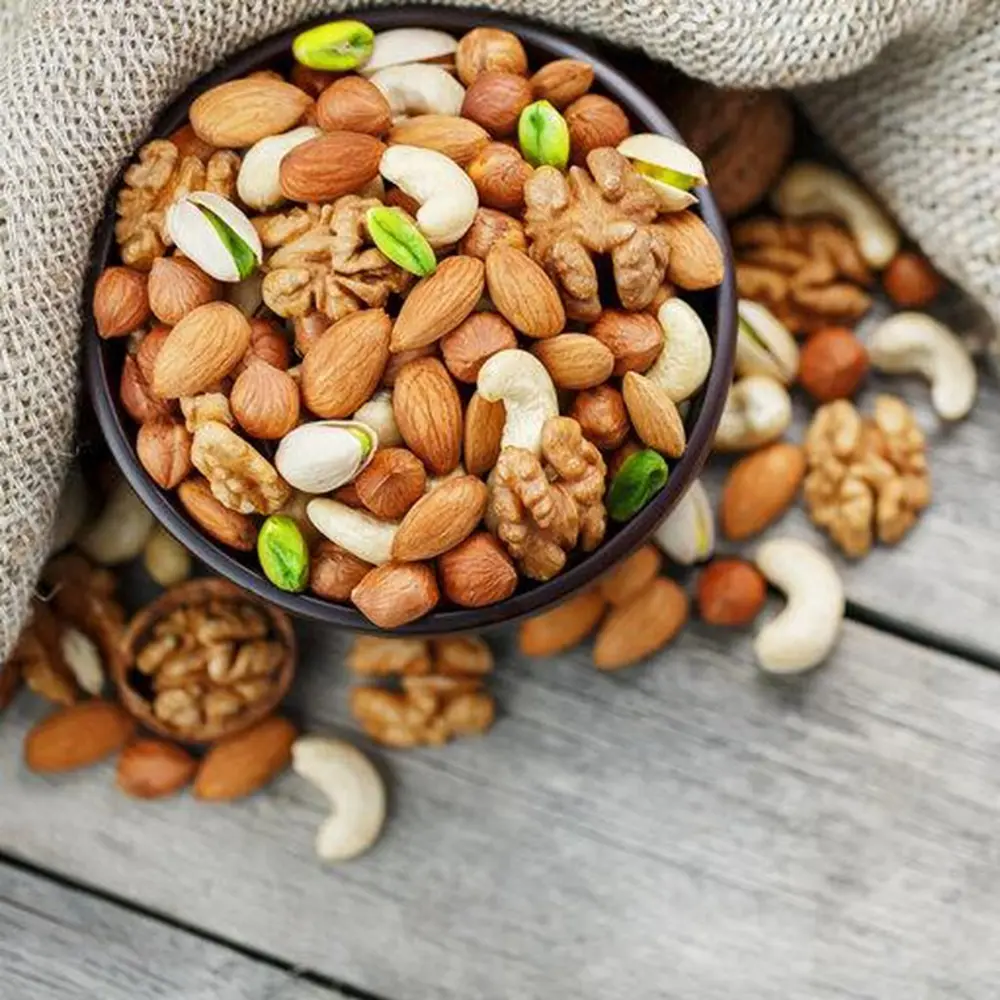
Nuts are a rich source of polyphenolic compounds. The average concentration of polyphenols in nuts includes 100 to 400 mg per 100 grams. Some of the nuts with high polyphenolic content include:
- Almonds
- Walnuts
- Pecans
- Hazelnuts
Nuts contain polyphenolic compounds such as catechin, quercetin and kaempferol, with their presence varying according to the type of nut. For including maximum polyphenols from nuts, consider eating raw nuts rather than salted or roasted ones.
17. Chicory
Chicory is a plant that belongs to the dandelion family. It has edible leaves and roots which are used in salads, cooking as well as beverages. Adding 100 grams of chicory to the diet can provide about 400mg of polyphenols on average.
Cichoric acid, flavonoids and inulin-type fructans are some of the major polyphenols present in chicory. When compared, the leaves of chicory tend to have higher polyphenol content compared to the roots. You can add chicory to your salads, have them in powdered/fermented form (roots) or also in the form of beverages.
Health Benefits of Polyphenols
There are numerous health benefits of polyphenols. Some of the important ones are listed below:
- Polyphenols are potent antioxidants. This property is beneficial health-wise as it can reduce inflammation and oxidative stress in the body. Eventually, this condition will ward off chronic diseases.
- Polyphenols improve heart health by reducing inflammation, improving blood flow, lowering blood pressure and reducing the risk of blood clots. Overall, polyphenols prevent any kind of cardiovascular disease.
- Polyphenols have also been shown to reduce age-related cognitive decline and neurodegenerative diseases like Alzheimer's disease by studies. Moreover, polyphenols improve memory and support proper brain functioning.
- Polyphenols found in foods like green tea and red grapes have been shown to have protective effects against UV radiation and may help prevent skin aging and reduce the risk of skin cancer.
Recent posts
Nutrition
Nutrition
Licorice Root: Benefits And Uses
You can spell it liquorice or licorice; this herb or root has been in use for centuries in most medicinal applications, as a natural sweetener and to enhance flavors. Regarding its origins, it comes from the root of the "Glycyrrhiza galbre" plant and...
Nutrition
Is Salmon Good For You? Nutritional Facts and Benefits
Salmon fish is a staple diet throughout the world, popular as a super food for its nutrients. Whether savored in sushi, poached, grilled, roasted, or pan-fried, salmon offers minerals and vitamins that contribute to healthy bodily functions. In addit...
Nutrition
25 Smoked Salmon Recipes That You Will Enjoy
Salmon is a silver-colored fish that is loaded with many nutrients, vitamins, and omega-3 fatty acids. Smoked Salmon is better for improving your health and reducing the risk of cancer, heart-related diseases, fights inflammation, reduces anxiety and...
Nutrition
Are Sausages Healthy? Nutrition And Health Benefits
Sausages are tasty in an addictive way, making them one of the most popular foods worldwide. You may have enjoyed this convenient food often, whether on a bun with mustard or grilled on a barbecue, the simple preparation methods are what makes its co...
Nutrition
20 Vegetables That Are Rich In Iron
Iron is essential for our bodies to function well. When we don't get enough iron, we often feel weak and tired. It's important to address iron deficiency early by eating the right foods. Fortunately, many vegetables are rich in iron and can help prev...
Nutrition
15 Cauliflower Nutrition Facts And Health Benefits
Cauliflower, a cruciferous vegetable, resembles a white variation of its relative, broccoli. Like broccoli, it has closely bunched florets attached to a thick core, often surrounded by a few leaves. While white is the most common color, cauliflower i...

